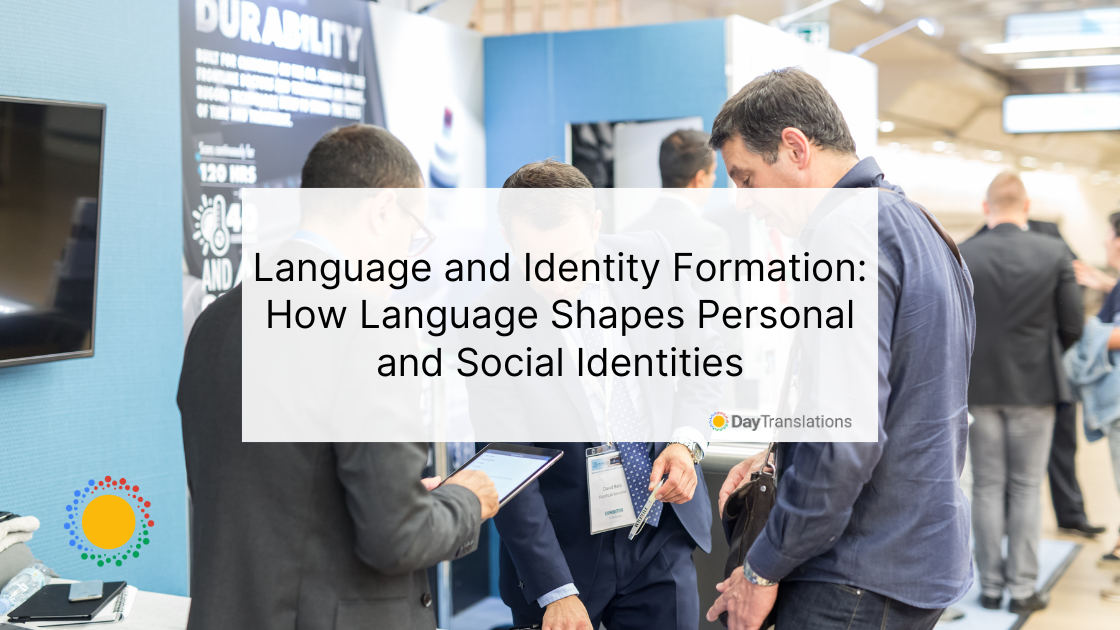Language is more than a means of communication; it’s a cornerstone of identity formation. From the words we speak to the dialects we embrace, language plays a pivotal role in shaping personal and social identities. This comprehensive exploration will explore how language influences our sense of self and community, highlighting the intricate relationship between language and identity.
Language as a Reflection of Personal Identity
Linguistic Heritage and Cultural Roots
Our linguistic heritage is deeply intertwined with our cultural roots. The languages we learn from birth, the accents we acquire, and the idioms we use reflect our familial and cultural backgrounds. For many individuals, language serves as a bridge to their ancestral traditions, customs, and values, fostering a sense of belonging and continuity across generations.
Bilingualism and Multilingualism
Bilingual and multilingual individuals navigate diverse linguistic landscapes, embodying multiple identities through language. They may code-switch between languages based on context, expressing different facets of their identity in different linguistic settings. Bilingualism enhances cognitive flexibility and enriches personal identity by embracing linguistic diversity and multicultural experiences.
Language and Self-Expression
The words we choose and the language styles we adopt reflect our inner selves. Through poetry, storytelling, or everyday conversations, language becomes a medium for self-expression, allowing us to articulate thoughts, emotions, and experiences. Linguistic creativity, including slang, dialects, and neologisms, further shapes our unique linguistic identities, contributing to a rich tapestry of language diversity.
Language and Social Identity Dynamics
Group Identity and Language Affiliation
Language binds communities together, forming the basis of group identity and solidarity. Dialects, vernaculars, and regional accents serve as markers of social identity, signaling belonging to specific communities or subcultures. Language affinity fosters camaraderie, shared experiences, and collective narratives, strengthening social bonds and fostering a sense of collective belonging.
Language in Social Interaction
Linguistics play a nuanced role in social interactions, shaping perceptions and interactions. Linguistic cues such as tone, pitch, and choice of words convey social status, rapport, and cultural norms. Politeness strategies, speech registers, and linguistic accommodation reflect social identities, influencing how individuals navigate diverse social contexts and relationships.
Language Policies and Identity Politics
Language policies, including official languages, language education, and language rights, are central to identity politics. They shape linguistic landscapes, influence access to resources and opportunities, and impact the visibility and recognition of linguistic minorities. Language advocacy and activism often intersect with broader social justice movements, advocating for linguistic diversity, inclusion, and cultural rights.
Nurturing Linguistic Identity: Strategies and Reflections
Embracing Linguistic Diversity
Celebrating linguistic diversity fosters inclusive environments where multiple identities are valued and respected. Language education programs that promote multilingualism, heritage language maintenance, and cross-cultural understanding nurture positive attitudes towards diverse linguistic backgrounds, fostering a sense of pride and belonging among language communities.
Empowering Language Choices
Empowering individuals to make informed language choices enhances agency and self-determination in identity formation. Language policies that support language revitalization, language rights, and linguistic autonomy empower communities to preserve and promote their linguistic heritage, safeguarding cultural identities in a globalized world.
Cultivating Intercultural Competence
Developing intercultural competence, including linguistic awareness, empathy, and communication skills, bridges linguistic divides and fosters mutual understanding across diverse communities. Interactions that embrace linguistic and cultural differences promote dialogue, collaboration, and meaningful connections, enriching social identities and promoting harmony in multicultural societies.
The Evolving Dynamics of Language and Identity
As we conclude our exploration of language and identity formation, we recognize the intricate interplay between language, culture, and identity. Language shapes personal narratives, social affiliations, and collective memories, serving as a lens through which we perceive ourselves and others. Embracing linguistic diversity, fostering inclusive environments, and promoting intercultural dialogue are pathways to nurturing resilient, inclusive identities in an ever-evolving global landscape.
References
In this article, we’ve explored the multifaceted relationship between language and personality formation, highlighting how language shapes personal narratives, social affiliations, and cultural landscapes. The dynamic interplay between language and identity invites us to embrace linguistic diversity, celebrate cultural heritage, and foster inclusive communities that honor the richness of human expression.












Sorry, the comment form is closed at this time.